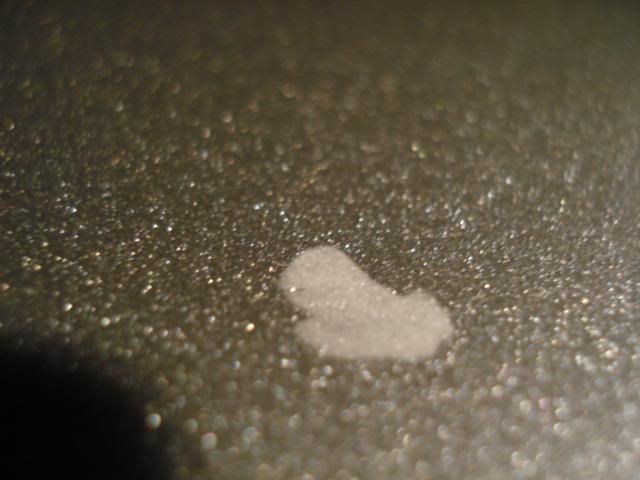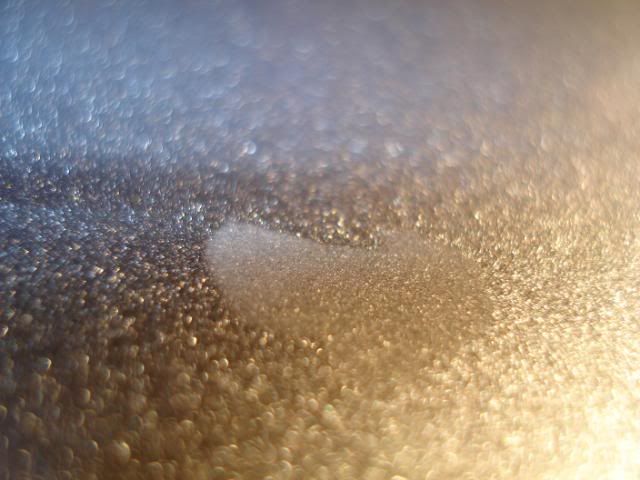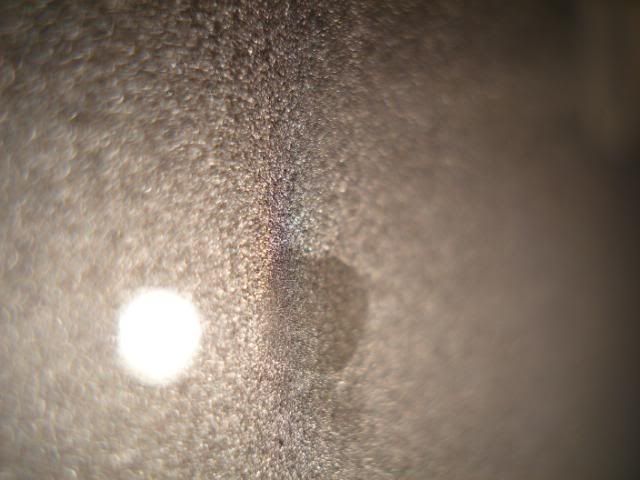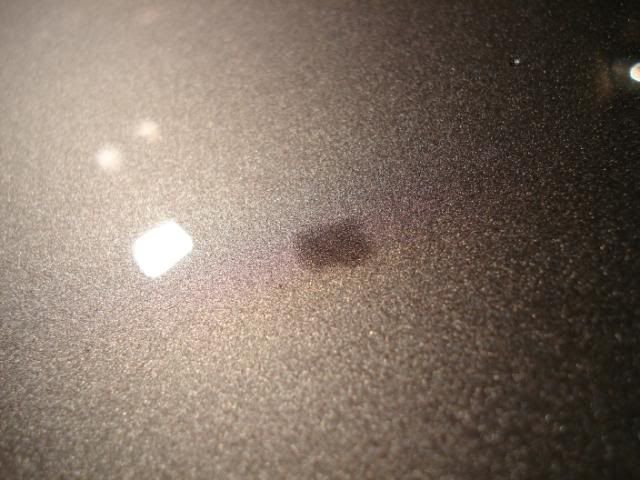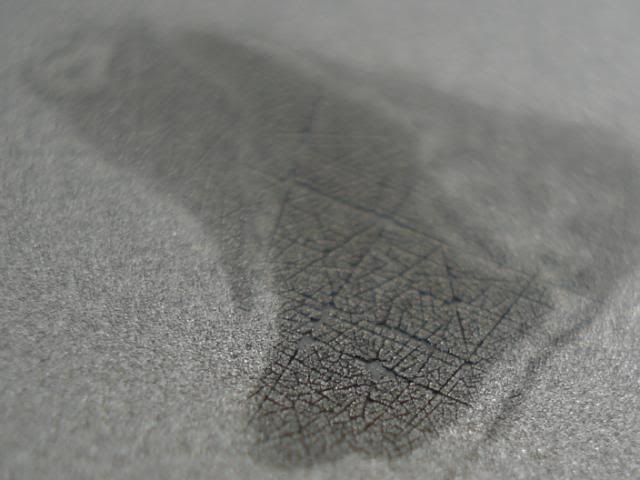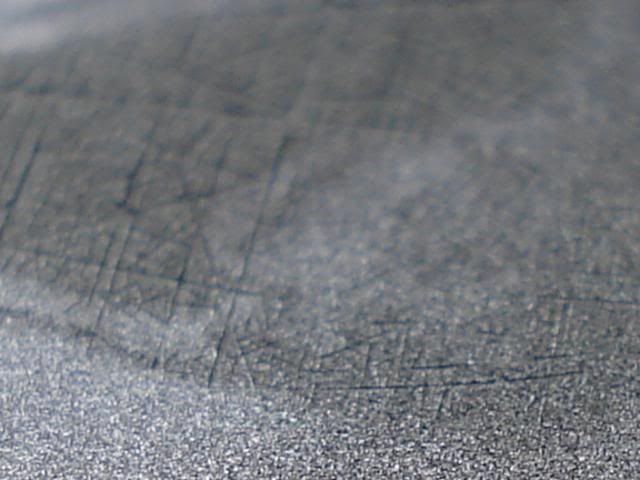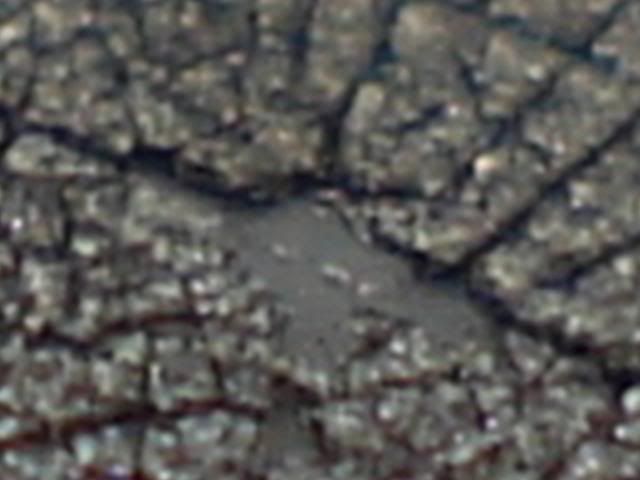Navigation
Install the app
How to install the app on iOS
Follow along with the video below to see how to install our site as a web app on your home screen.
Note: This feature may not be available in some browsers.
More options
Style variation
You are using an out of date browser. It may not display this or other websites correctly.
You should upgrade or use an alternative browser.
You should upgrade or use an alternative browser.
Paint Breakdown??? Looks like it to me...
- Thread starter GranPrix
- Start date
budman3
New member
- Mar 3, 2006
- 1,744
- 0
I, too, am amazed with the quality of the picture. I have never looked at paint that closely before but it does look like the paint is indeed damaged, especially if you can't feel anything sitting on the surface. It could have been from a number of things... sap, acid etching, a bird bomb, a wet leaf, etc.
killrflake
New member
- Jan 25, 2007
- 1,153
- 0
I think I saw live bacteria in those photos. You might want to use some bleech to kill those before anything else lol.
PWORLDSTANG
New member
- Oct 25, 2007
- 3
- 0
I have no idea what is on his paint...... But WOW, incredible pictures!
Andy Wayan
New member
- Oct 18, 2007
- 123
- 0
its paint breakdown alrite..
TOGWT
SELF BANNED
- Dec 4, 2006
- 716
- 0
Clear Coat Failure:
When a clear coat area appears to have an opaque ‘white or grey chalky’ or ‘cloudy’ look, this is the resin or paint binder system, which is indicative of clear coat failure, sometimes due to;
(a) Polishing the clear coat too often or using an aggressive abrasive polish / compound that has compromised the clear coat down to the colour (base) coat (sanding through) this can be checked with a paint thickness gauge. Clear coat that is too thin looses its ability to adhere effectively (delaminating) to the underlying paint layer and will flake off. Bear in mind that a clear coat has a thickness of 1.5 – 2.0 Mils, removing more that 0.3 – 0.5 Milsof clear coat may cause premature paint film failure. As a point of reference a sheet of Saran wrap measures 0.95 Mils
(b) Results of water permeating the clear coat in a localized area, along with high temperatures causing the clear coat to expand and often separate from the base coat
(c) Vehicle being washed with unapproved chemicals such as hydrofluoric acid, uninhibited oxalic acids or strong mixtures of sulphuric/phosphoric acids, which enter the breach formed in the clear coat and attack the resin binder system.
(d) Environmental acidic damage plus heat that compromises the paint surface causing etching of the surface (acid rain, bird excrement, highly alkaline water from lawn sprinklers) or ultra violet radiation (UVR)
Clear coat failure becomes noticeable when a section becomes opaque as it reflects less gloss than surrounding areas; this can be ascertained very clearly with an inspection light. More often than not this condition cannot be corrected by buffing or levelling the surface, it requires the refinishing of the paint system
When a clear coat area appears to have an opaque ‘white or grey chalky’ or ‘cloudy’ look, this is the resin or paint binder system, which is indicative of clear coat failure, sometimes due to;
(a) Polishing the clear coat too often or using an aggressive abrasive polish / compound that has compromised the clear coat down to the colour (base) coat (sanding through) this can be checked with a paint thickness gauge. Clear coat that is too thin looses its ability to adhere effectively (delaminating) to the underlying paint layer and will flake off. Bear in mind that a clear coat has a thickness of 1.5 – 2.0 Mils, removing more that 0.3 – 0.5 Milsof clear coat may cause premature paint film failure. As a point of reference a sheet of Saran wrap measures 0.95 Mils
(b) Results of water permeating the clear coat in a localized area, along with high temperatures causing the clear coat to expand and often separate from the base coat
(c) Vehicle being washed with unapproved chemicals such as hydrofluoric acid, uninhibited oxalic acids or strong mixtures of sulphuric/phosphoric acids, which enter the breach formed in the clear coat and attack the resin binder system.
(d) Environmental acidic damage plus heat that compromises the paint surface causing etching of the surface (acid rain, bird excrement, highly alkaline water from lawn sprinklers) or ultra violet radiation (UVR)
Clear coat failure becomes noticeable when a section becomes opaque as it reflects less gloss than surrounding areas; this can be ascertained very clearly with an inspection light. More often than not this condition cannot be corrected by buffing or levelling the surface, it requires the refinishing of the paint system
